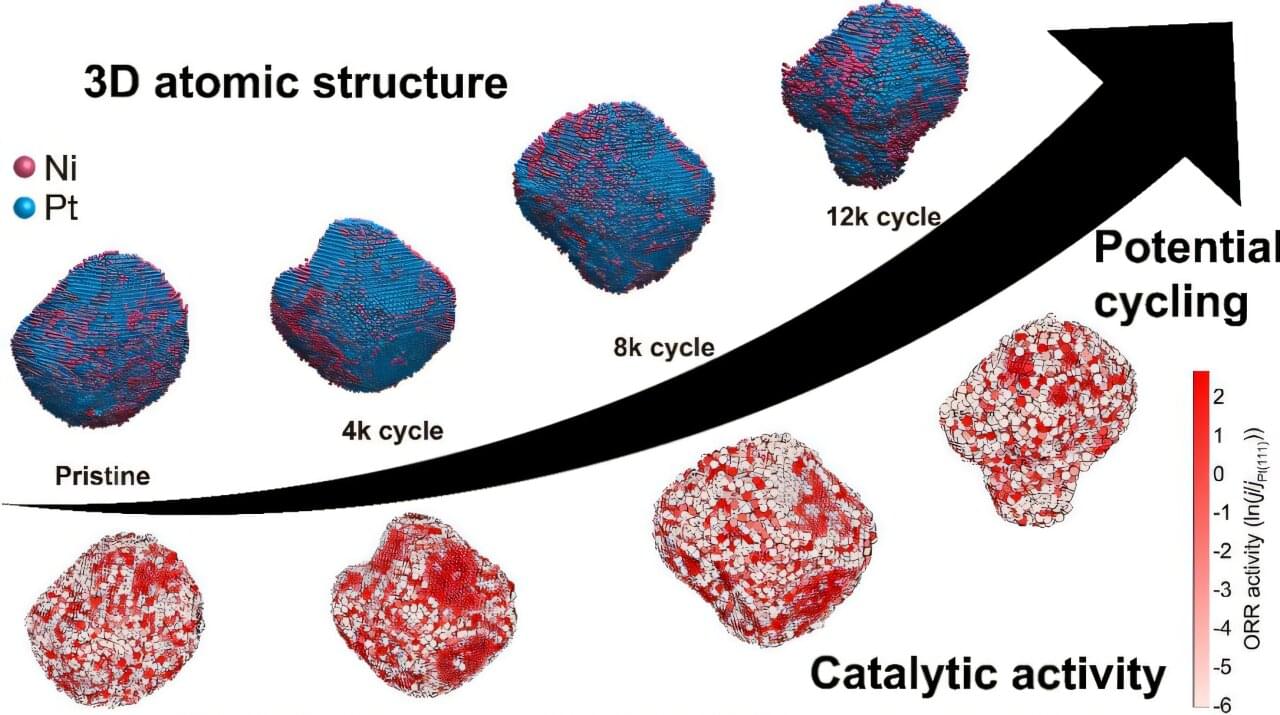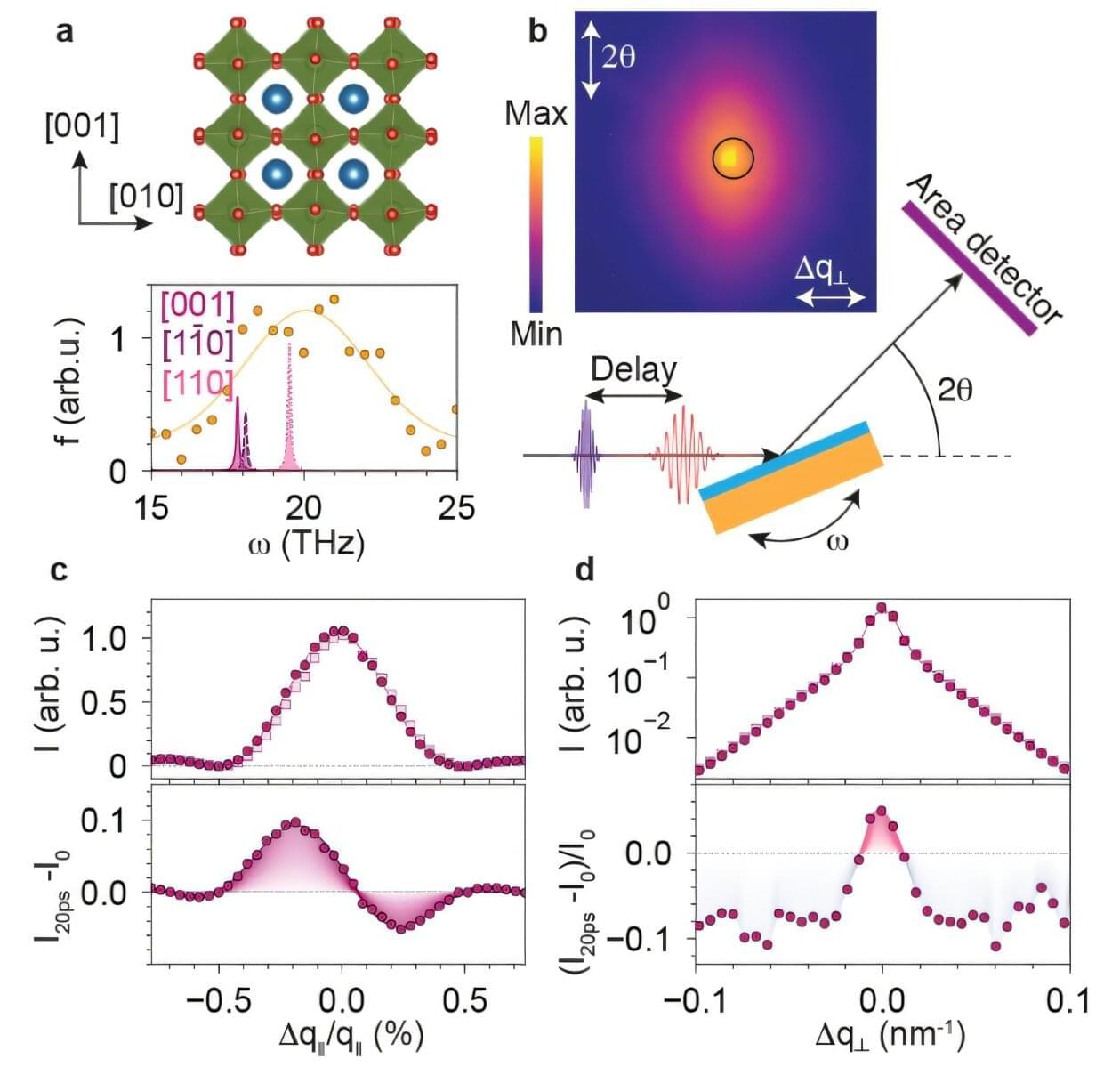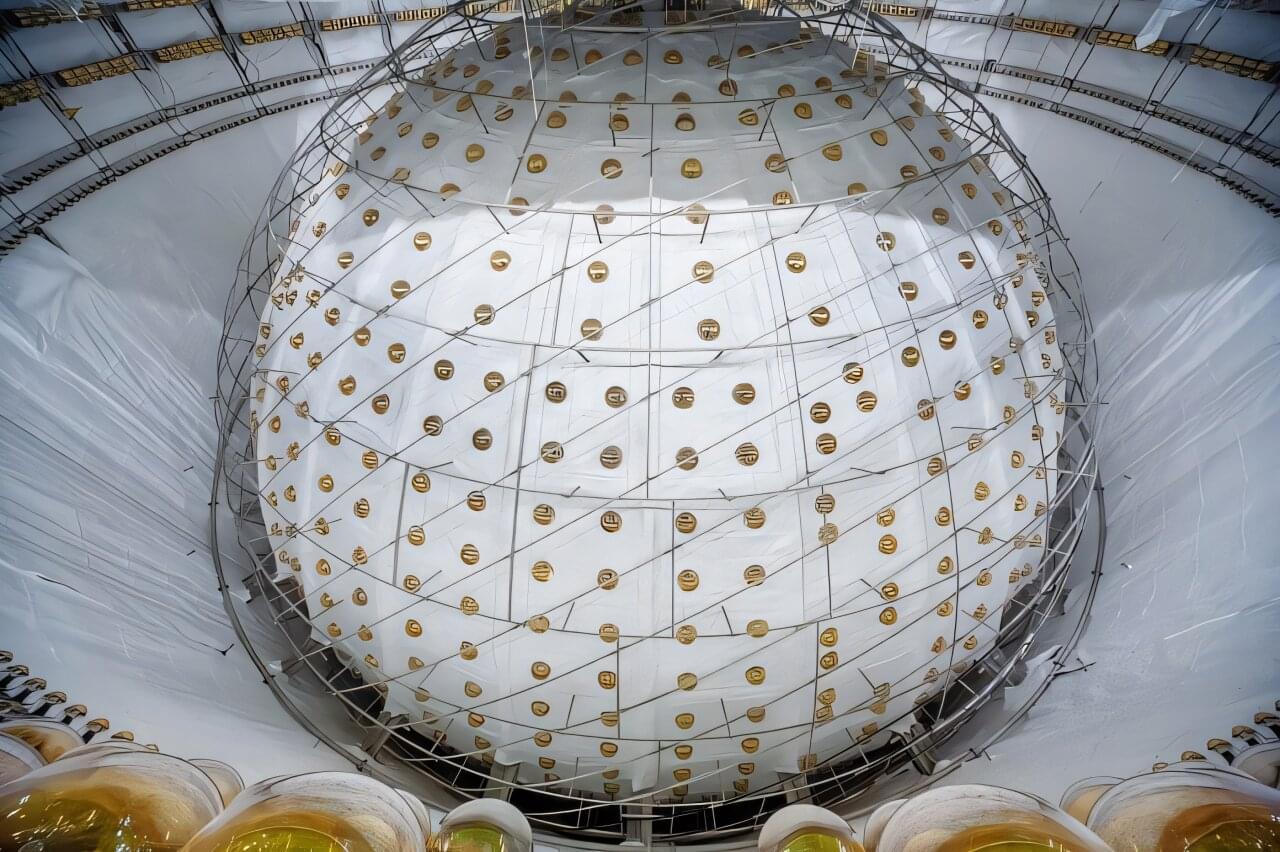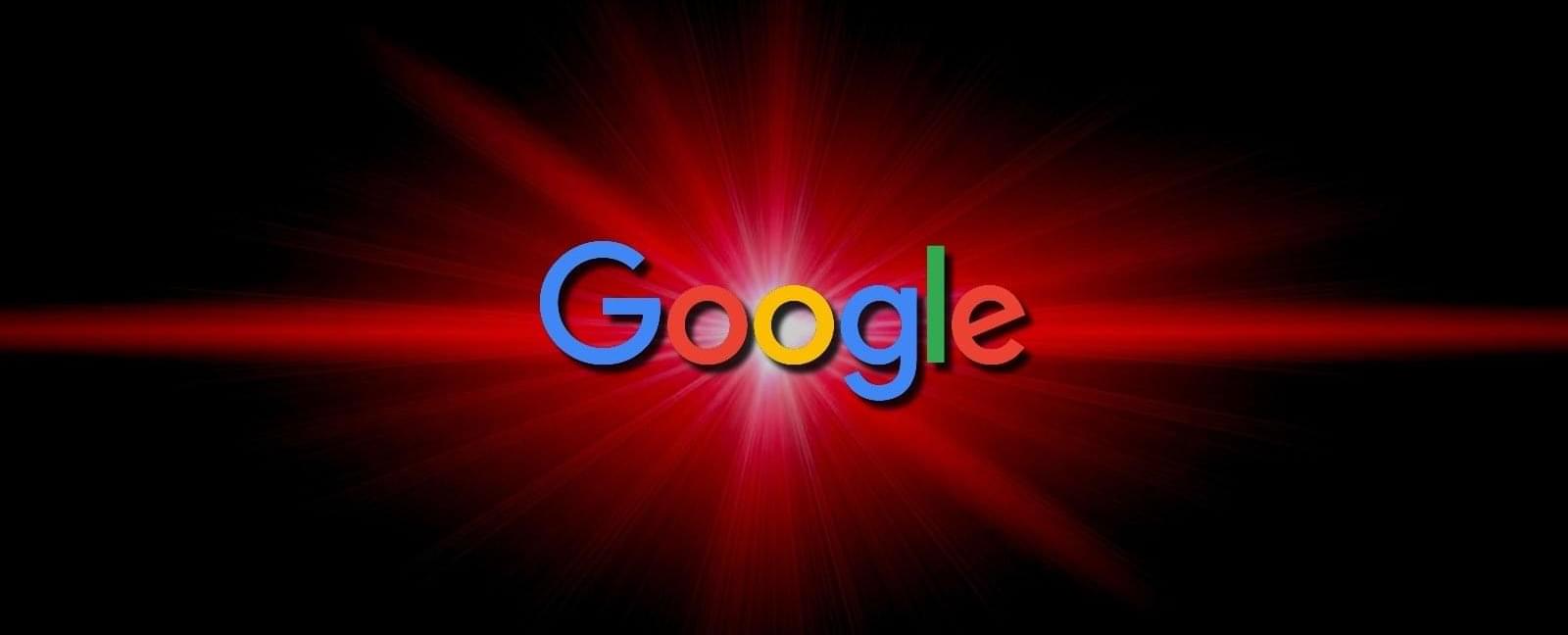Hydrogen fuel cell vehicles have long been hailed as the future of clean mobility: cars that emit nothing but water while delivering high efficiency and power density. Yet a stubborn obstacle remains. The heart of the fuel cell, the platinum-based catalyst, is both expensive and prone to degradation. Over time, the catalyst deteriorates during operation, forcing frequent replacements and keeping hydrogen vehicles costly.
Understanding why and how these catalysts degrade at the atomic level is a longstanding challenge in catalysis research. Without this knowledge, designing truly durable and affordable fuel cells for mass adoption remains out of reach.
Now, a team led by Professor Yongsoo Yang of the Department of Physics at KAIST (Korea Advanced Institute of Science and Technology), in collaboration with Professor Eun-Ae Cho of KAIST’s Department of Materials Science and Engineering, researchers at Stanford University and the Lawrence Berkeley National Laboratory, has successfully tracked the three-dimensional change of individual atoms inside fuel cell catalysts during thousands of operating cycles. The results provide unprecedented insight into the atomic-scale degradation mechanisms of platinum-nickel (PtNi) catalysts, and demonstrate how gallium (Ga) doping dramatically improves both their performance and durability.








